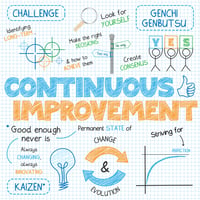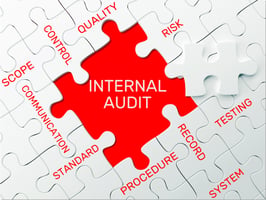A supplier audit is one of the most effective ways to ensure your suppliers adhere to quality...
Prioritizing Supplier Audits During a Pandemic
As the world continues to adjust to the COVID-19 pandemic's adverse disruptions, consideration must be given to how the medical device and pharma industries can best ensure business continuity of supply chain monitoring. A pandemic can impact most, if not all, suppliers, and prioritizing on-site audits can help reduce business disruptions going forward. Although it is essential to have ongoing supplier audits, companies with dozens or even hundreds of suppliers worldwide face a myriad of challenges during a pandemic.
So, what is the best solution? To minimize the impact of a pandemic on the supply chain establishing a risk prioritized approach to auditing. Risk assessments should be conducted and documented as part of the audit planning process. Considerations in these risk assessments should include criteria such as criticality level of supplies, interruption risk, availability of alternative suppliers, elapsed time since last audit, and supplier performance.
Prioritize Based on Risk
There are two types of risks and differentiating them is the first step in any risk management process. These can generally be categorized as “quality risk” and “supply risk.”
Quality risk refers to the likelihood that a product will have some kind of deficit when it comes to quality. Supply risk refers to how important an input is to the finished product. Risk management must take both of these into account when determining total risk.
A reliable supplier with a low likelihood of quality errors can still be classified as "high risk" if their material or ingredient is essential to the finished product or if alternate suppliers are not available. A supplier that tends to commit quality errors could still be considered "low risk" if their material or ingredient is not essential to the finished product, or if alternative suppliers are readily available. Suppliers categorized as high risk in either sense should have more controls such as an increased number of on-site or remote audits, and more detailed supplier quality agreements with well-defined roles.
Balancing Risk Types in a Pandemic
When faced with two suppliers with equal chances of making an error, priority should go to the one more critical to the finished product. Likewise, when faced with two equally critical suppliers, priority should go to the one most likely to make an error.
The high priority suppliers should receive attention sooner and more frequently than low priority suppliers. The pandemic's impact on the finished product will be more pronounced when applied to high priority suppliers versus low priority suppliers.
Work with the Experts to Prioritize Supplier Audits
For businesses and organizations with many suppliers, it becomes essential to prioritize who receives attention first. Prioritization is best calculated by balancing the two types of risks mentioned above.
Medpoint provides exceptional supplier audits services even in the middle of pandemics. We leverage modern tools and expertise to audit your suppliers no matter where they are located. To learn more about how Medpoint can address your auditing issues, contact us today.



